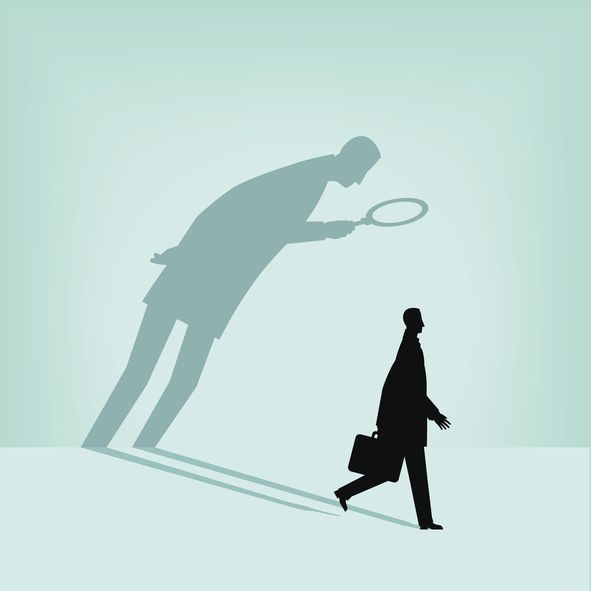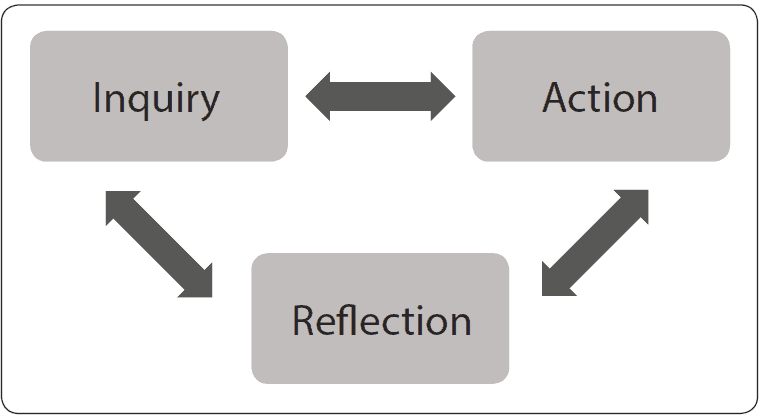
Pain: A Systematic Self-Assessment
All assessments seek to answer questions. From the doctor’s intake form to “Which Gilmore Girl Are You?”, we are urged to think and speculate. When evaluating ourselves, we can become skewed by comparison or desired result. Only when we start asking the questions can we align our attentions and interests with the process of finding solutions.
Pain is the most honest and objective measure there is. We can adapt ourselves around it (and often do), but its existence signifies we have crossed a threshold of capacity. ‘Worked’ is that familiar soreness that says I did too much, more than my body was ready for. It resides in a stagnant middle ground, which recedes with time and rest.
‘Wrecked’ is that unfamiliar feeling of danger/ alarm. There has been harm done, jolting feeling into extremes. It exists in specific motions under particular conditions. The precision in which you notice and define them will dictate the speed and ease of its unravelling. You must engage with pain to discover its undoing.
The only thing you learn from avoidance is how to keep turned away from what you need to look at.
One cannot be curious, though, about something that incapacitates them. We are wired to survive, not explore. The method of self-inquiry must begin with evaluating the level of pain at hand. Anything in the upper half or (5-10 with ’10’ being most excruciating) should be managed until it subsides to a four or less. (‘1’ can be defined as noticeable but without consequence and ‘2’ as “annoying”). If the pain stays elevated there is likely a structural issue that should get looked at by a professional. Acute injuries are always surprising and should be treated with apprehension. Chronic conditions are the ones that summon a deeper investigation.
The details that bring about and change discomfort are the exact measures that will lead you out of it.
Consider all the ways a thing can move. (Can it move more than what you utilize it for?) Then consider its neighbors. Are they doing more or less than they could? Then they should? Honing in on how something feels when you manipulate area variables can help you distinguish between the two.
Remember that the cause of pain is not often at the point of pain. Big picture, if it hurts when you get up from being still (sitting/ laying/ sleeping) but gets better as you go about your day, more movement is the answer. If it hurts when you move it, you must analyze and repattern HOW you move it. Please note that the long term solution is never to simply ‘stop using it.’ This would be an agreement to eventually do nothing (so you don’t feel anything bad), which isn’t really living.
The following three-step plan stems from a self-driven cycle of action and inquiry. Doing answers what is being asked:

Step 1: Identify the specifics about what makes it hurt more or less.
WHEN does it hurt? At what angle? In what context? From which side of the joint? As you open or close? How does rotation factor in? The more information you can gather regarding what actions make things better or worse, the more capable you will become at controlling the dial. The more you control the dial, the more you can expand your continuum of comfort.
Step 2: Define the problem by what makes it hurt more.
Motions that increase pain lay out the borders of issue. Mental and physical maps can be built on set boundaries of where and what is okay. Within these lines we can pen in and more fully examine the inside and how it relates to the outside. We must be careful, though, to achieve this narrowing and then ignore what we have caught. If we assume diagnosticating is where things end, we will miss out on acquiring the remedy. Sequence, load, leverage, position, and gravity are all fence-posts to pay attention to and determine influence.
Step 3: Define the solution by what makes it hurt less.
Again, unless it’s an acute trauma, sidestep the notion that ‘leaving it be’ is the answer you’re looking for. Movement is a distinguishing factor. It differentiates feelings and guides you to proceed or circumvent the route you chose. It is necessary for developing options, and there are always options. Movement is the necessary thread that connects the problem to the solution. They must be used in tandem to provide relief now and minimize the recurrence of future provocations.
CONCLUDING THOUGHTS
The orderly analysis of what makes you feel better is an organizational memorization of what makes you feel good. Similarly, the body will automatically make compensations to evade pain. What is happening without you realizing it is tremendous. Guided awareness and attention will reveal everything you need to know. If self-study is made interesting before it becomes desperate, it becomes a gratifying source of confidence and care.



